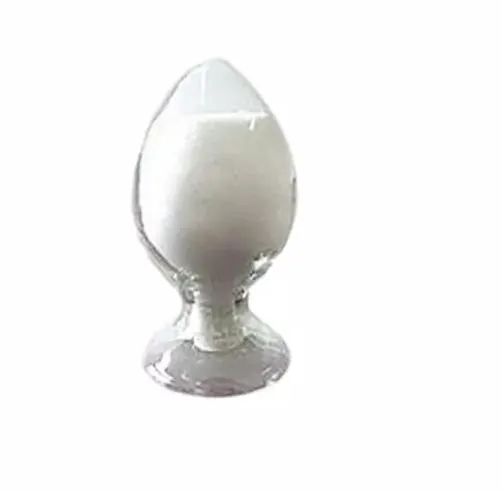Warning: Undefined array key "title" in /home/www/wwwroot/HTML/www.exportstart.com/wp-content/themes/1198/header.php on line 6
Warning: Undefined array key "file" in /home/www/wwwroot/HTML/www.exportstart.com/wp-content/themes/1198/header.php on line 7
Warning: Undefined array key "title" in /home/www/wwwroot/HTML/www.exportstart.com/wp-content/themes/1198/header.php on line 7
Warning: Undefined array key "title" in /home/www/wwwroot/HTML/www.exportstart.com/wp-content/themes/1198/header.php on line 7
- Afrikaans
- Albanian
- Amharic
- Arabic
- Armenian
- Azerbaijani
- Basque
- Belarusian
- Bengali
- Bosnian
- Bulgarian
- Catalan
- Cebuano
- China
- China (Taiwan)
- Corsican
- Croatian
- Czech
- Danish
- Dutch
- English
- Esperanto
- Estonian
- Finnish
- French
- Frisian
- Galician
- Georgian
- German
- Greek
- Gujarati
- Haitian Creole
- hausa
- hawaiian
- Hebrew
- Hindi
- Miao
- Hungarian
- Icelandic
- igbo
- Indonesian
- irish
- Italian
- Japanese
- Javanese
- Kannada
- kazakh
- Khmer
- Rwandese
- Korean
- Kurdish
- Kyrgyz
- Lao
- Latin
- Latvian
- Lithuanian
- Luxembourgish
- Macedonian
- Malgashi
- Malay
- Malayalam
- Maltese
- Maori
- Marathi
- Mongolian
- Myanmar
- Nepali
- Norwegian
- Norwegian
- Occitan
- Pashto
- Persian
- Polish
- Portuguese
- Punjabi
- Romanian
- Russian
- Samoan
- Scottish Gaelic
- Serbian
- Sesotho
- Shona
- Sindhi
- Sinhala
- Slovak
- Slovenian
- Somali
- Spanish
- Sundanese
- Swahili
- Swedish
- Tagalog
- Tajik
- Tamil
- Tatar
- Telugu
- Thai
- Turkish
- Turkmen
- Ukrainian
- Urdu
- Uighur
- Uzbek
- Vietnamese
- Welsh
- Bantu
- Yiddish
- Yoruba
- Zulu
syys . 12, 2024 06:52 Back to list
Propylene Glycol - Safe and Versatile Chemical Solutions
Understanding Propylene Glycol Uses, Properties, and Safety
Propylene glycol, a synthetic organic compound with the chemical formula C3H8O2, is a colorless, odorless liquid that is hygroscopic and miscible with water, acetone, and chloroform
. This versatile compound is widely used across various industries due to its unique properties and low toxicity.One of the primary uses of propylene glycol is in the food industry. It is commonly utilized as a food additive under the code E1520. Serving as a humectant, it helps retain moisture in food products, thereby enhancing their shelf life and overall quality. It is often found in baked goods, ice creams, and salad dressings, where it not only maintains moisture but also acts as a solvent for flavors and colors.
In the pharmaceutical industry, propylene glycol is an essential ingredient in many formulations. It acts as a solvent for oral, injectable, and topical medications. Its ability to dissolve both hydrophilic and lipophilic compounds enables it to enhance the bioavailability of drugs. Additionally, propylene glycol is used in various cosmetics and personal care products for its moisturizing properties, providing a smooth texture and making it an attractive option for skin and hair products.
propylene glycol chemical

Moreover, propylene glycol is widely employed in the manufacturing of antifreeze and coolant solutions due to its low freezing point. It is safer than ethylene glycol, making it a popular choice for applications where contact with food or animals may occur.
The safety profile of propylene glycol is another reason for its widespread use. Unlike many other chemicals, it is recognized as Generally Regarded as Safe (GRAS) by the U.S. Food and Drug Administration (FDA) when used in food applications. Studies have shown that it is metabolized in the body and excreted through urine without causing harm, which contributes to its acceptance in various sectors.
Despite its many benefits, it is essential to use propylene glycol within established safety limits. High concentrations can lead to potential health concerns, including skin irritation or allergic reactions in sensitive individuals. Therefore, it is crucial to adhere to regulatory guidelines when using this compound in any application.
In conclusion, propylene glycol is a multifaceted chemical with significant applications in food, pharmaceuticals, and industrial products. Its properties as a humectant, solvent, and antifreeze make it invaluable across various sectors. As awareness of safety and environmental impact continues to grow, propylene glycol remains a reliable option that balances efficacy with safety in its diverse applications.
Latest news
-
Certifications for Vegetarian and Xanthan Gum Vegetarian
NewsJun.17,2025
-
Sustainability Trends Reshaping the SLES N70 Market
NewsJun.17,2025
-
Propylene Glycol Use in Vaccines: Balancing Function and Perception
NewsJun.17,2025
-
Petroleum Jelly in Skincare: Balancing Benefits and Backlash
NewsJun.17,2025
-
Energy Price Volatility and Ripple Effect on Caprolactam Markets
NewsJun.17,2025
-
Spectroscopic Techniques for Adipic Acid Molecular Weight
NewsJun.17,2025

